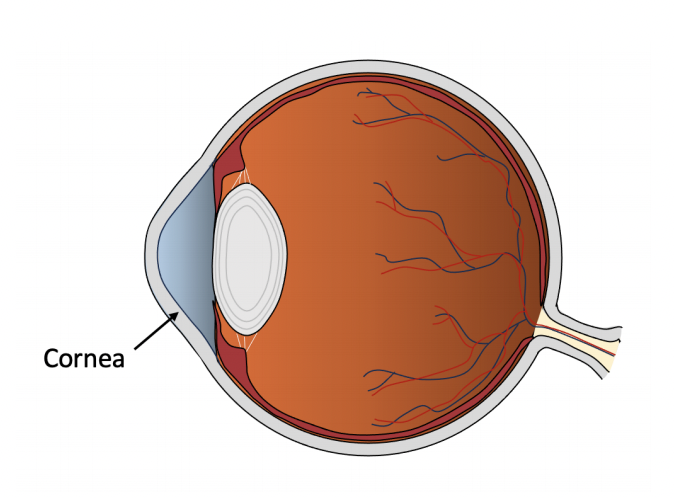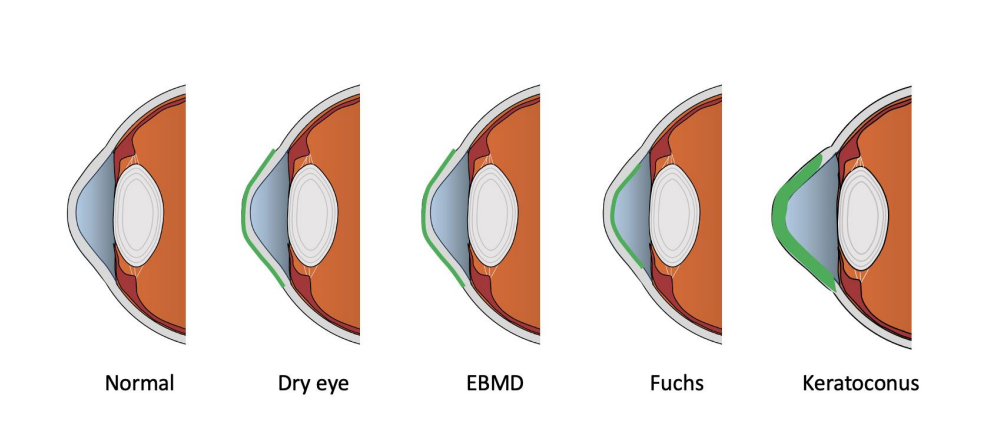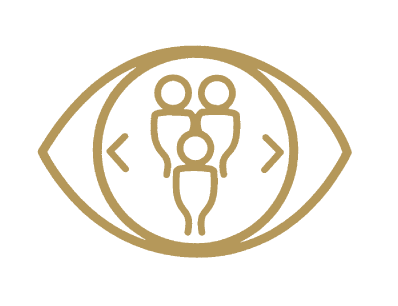Cornea
What is the cornea?
The cornea is the dome-shaped structure on the front surface of your eye. Irregularities in the curvature of the cornea can cause many eye conditions. These include nearsightedness, farsightedness, or astigmatism. They are treatable with LASIK or other refractive procedures. When these corrective vision procedures get performed, the cornea is then reshaped permanently

Why is the cornea important?
The cornea contributes 65 to 75 percent of the eye’s focusing power by controlling the way that light enters the eye. When light strikes the cornea, it refracts and bends the incoming light onto the lens.
If the cornea has an irregular shape, it affects how light is able to bend and refract. This is what causes refractive errors and less than optimal vision.
Injury or damage to the cornea can affect your eyesight. If left untreated, a damaged cornea could result in permanent vision loss.
Corneal Diseases

Some of the most common corneal conditions include dry eye, epithelial basement membrane dystrophy, Fuchs endothelial corneal dystrophy, and keratoconus. Click on the links to learn more about each of these conditions.
